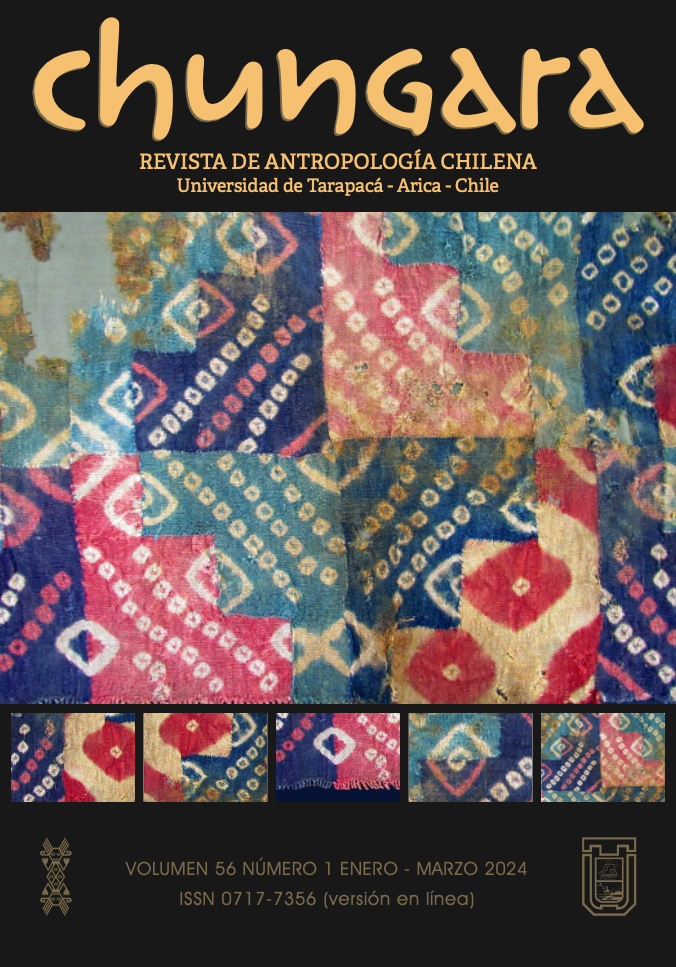20245603(en)/2 - Sound and Hallucinogens in Mortuary Context. New Data for the Identification of the Atacameño Shaman, Northern Chile (ca. AD 400 - 1400)
SOUND AND HALLUCINOGENS IN MORTUARY CONTEXT. NEW DATA FOR THE IDENTIFICATION OF THE ATACAMEÑO SHAMAN, NORTHERN CHILE (CA. AD 400 - 1400)
SONIDO Y ALUCINÓGENOS EN CONTEXTO FUNERARIO. NUEVOS DATOS PARA LA IDENTIFICACIÓN DEL CHAMÁN ATACAMEÑO, NORTE DE CHILE (CA. 400 - 1400 DC)
Helena Horta Tricallotis y Mónica Gudemos
This paper presents the results of a study on musical instruments found in tombs excavated from various pre-Hispanic oases of San Pedro de Atacama, in the Antofagasta Region, Chile. Based on Gustavo Le Paige’s field notes, we analyzed the set of objects belonging to individuals whose grave goods included these instruments, classifying and recording them according to their different organological typologies. Based on this analysis, we propose the existence of a specifically Circumpuneño construction tradition, shared between the inhabitants of Atacama, in Chile, and those of the Puna of Jujuy and Quebrada de Humahuaca, in Argentina. At the same time, the contextual analysis suggests that the musical instruments were part of a set of conspicuous artifacts, and that they would have been used by these individuals in shamanic rituals, as there is a close relationship between sound instruments, the paraphernalia associated with the consumption of psychoactive substances, and other goods indicative of social hierarchy deposited in the same tombs. All of this suggests that individuals accompanied by such elements would have acted as shamans, making use of particular skills that may have ranged from musical performance and specialized knowledge in shamanic rituals to consulting supernatural entities, divination and healing.







